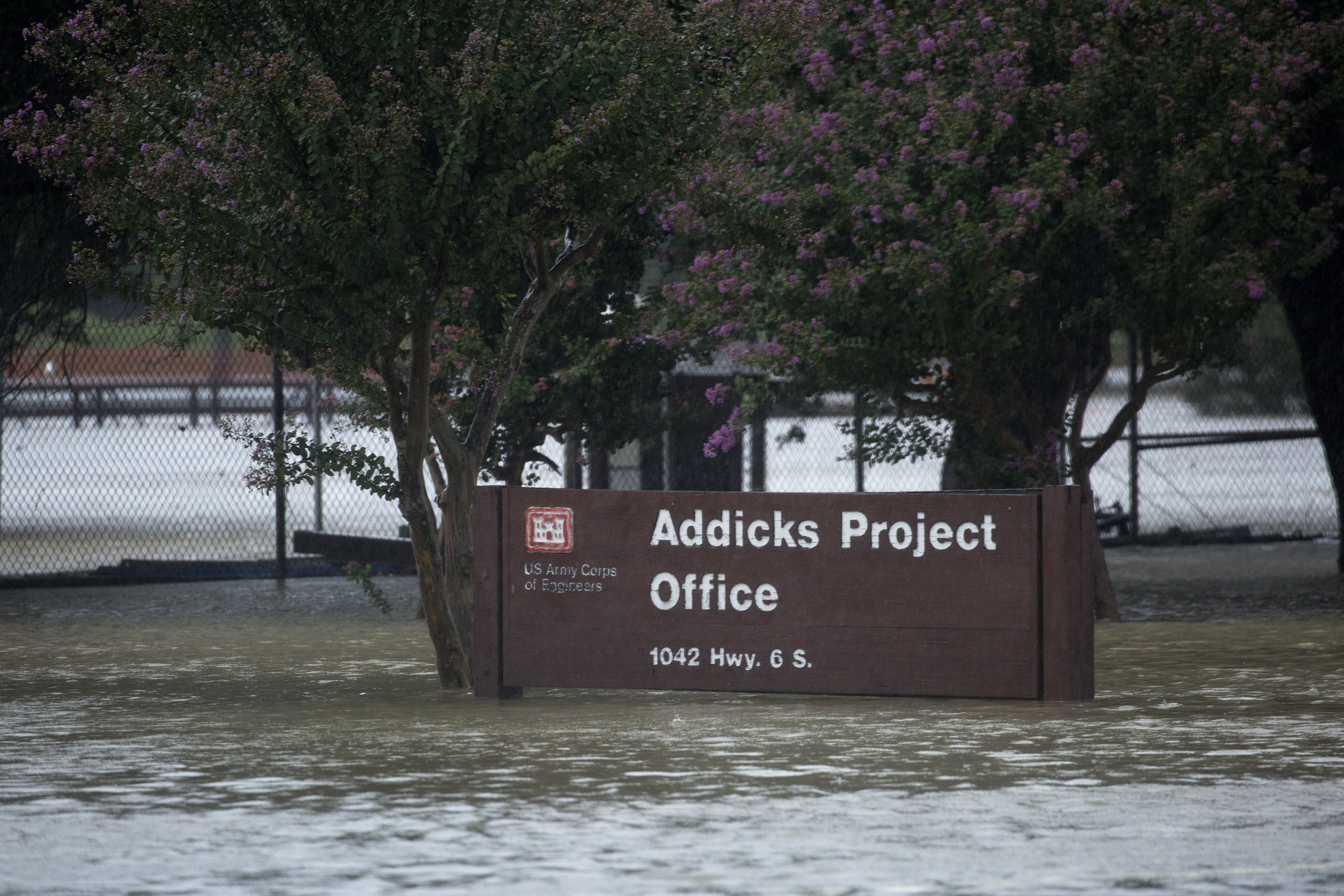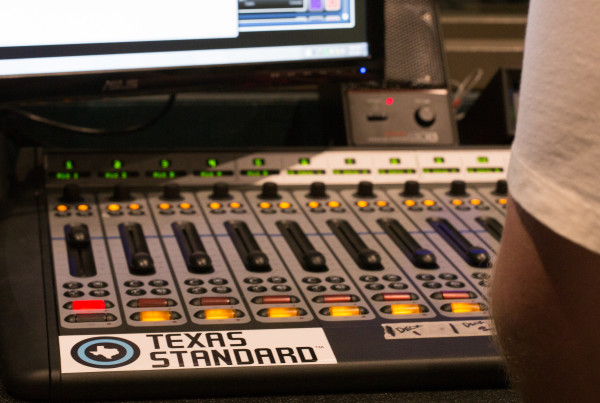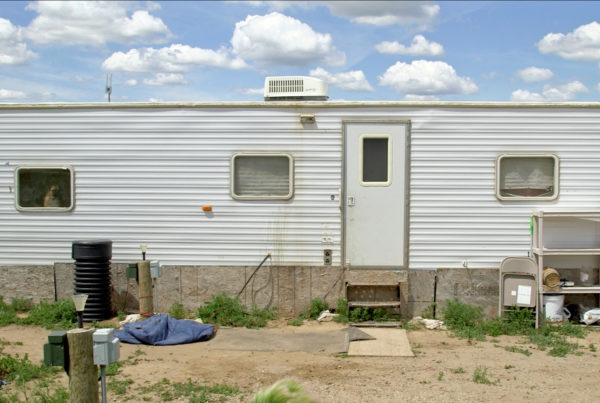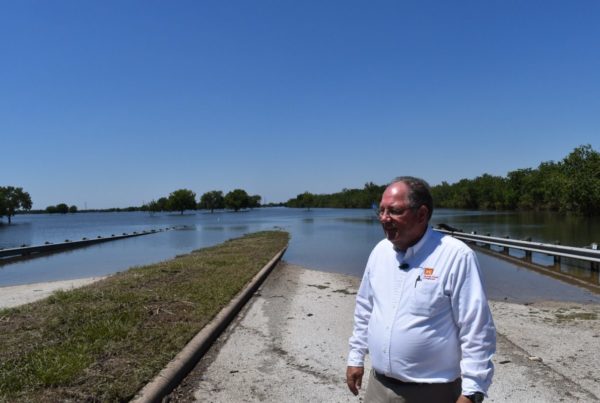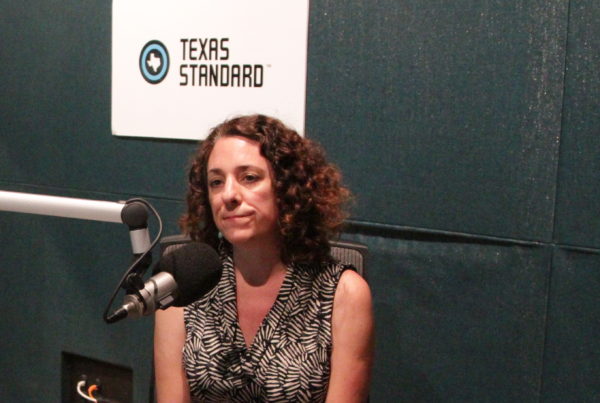What exactly is in the flood waters left behind by Hurricane Harvey? Environmental authorities have not offered an official answer to that question. The New York Times reached out to experts from Baylor College of Medicine and Rice University to learn more about the scale of potential dangers faced by residents returning to their homes.
Dr. Winnifred Hamilton, director of the Environmental Health Service at the Baylor College of Medicine, has helped collect water samples from homes in the Addicks, Barker and Buffalo Bayou areas of Houston.
Hamilton says she and others have been testing flood waters both inside and outside of homes and gathering sediment and soil samples. In the flood waters, they have found sewage contamination-elevated levels of E. coli and other bacteria associated with waste. They also detected heavy metals in the sediment. Hamilton says the levels vary considerably, depending on the location. Scientists found that contamination, bacteria and heavy metal levels are higher inside homes due to the mold that forms after water damage.
The greatest danger to human health as Hamilton sees it will affect those with asthma, respiratory problems or immunocompromised. People with those conditions should therefore avoid helping with cleanup efforts. The initial concern is bacteria, and Hamilton encourages those with symptoms like swelling, redness or bad headaches to see a doctor. Some people are allergic to mold but even those who aren’t should wear masks to protect against bacteria.
“We are as a community and all the people in the various academic institutions, the government institutions, we’re all working together,” she says “on how best to advise people in the very situation they’re in.”
Written by Dani Matias.


